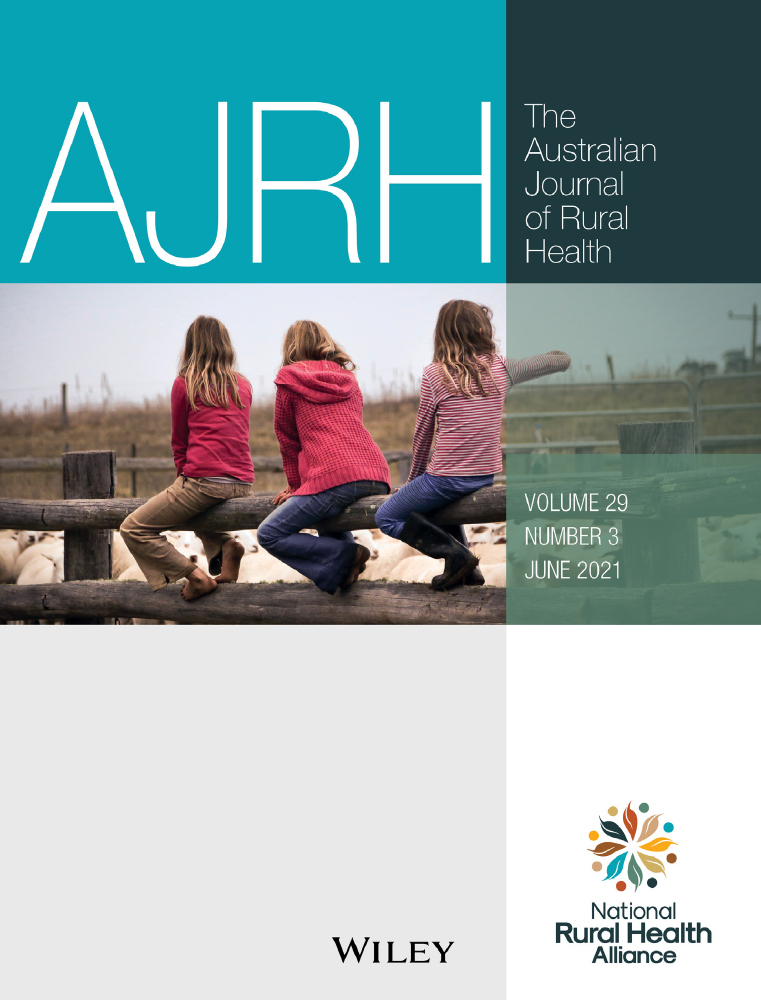Effects of a family dyadic partnership program for people with hypertension in a rural community: A pilot randomised controlled trial
Abstract
Objective
To evaluate the feasibility, acceptability and preliminary effectiveness of a theory-based patient-family carer partnership intervention for people with hypertension in a Chinese rural community.
Design
A pilot randomised controlled trial using pretest and post-test design.
Setting
Rural China
Participants
Forty-four hypertensive patients and their family carers (family dyads) were randomly recruited from a village clinic located in China between November 2019 and January 2020.
Interventions
Participants were randomised to either an intervention group receiving a five-session patient-family carer partnership intervention over 10 weeks or a control group receiving usual care.
Main outcome measures
The feasibility and acceptability of patient-family carer partnership intervention and the changes in patients' systolic blood pressure, diastolic blood pressure and percentage of normal controlled blood pressure.
Results
The patient-family carer partnership intervention was a feasible and acceptable program with high recruitment (81.5%) and completion rates (95.5%) and positive feedback from participants. Greater improvement in the percentage of normal controlled blood pressure was identified in the intervention group tested by the χ2 tests, with P = .03. Two-way ANOVA results indicated its interaction (Group × Time) effects on patients' systolic blood pressure (P < .001), diastolic blood pressure (P < .001), dyadic partnership quality (P = .002), self-care (P < .001), self-efficacy (P = .02), antihypertensive drug treatment rate (P = .02), prescription adjustment (P = .03), perceived anxiety (P < .001) and health-related quality of life (EuroQol five-dimensional five-level: P = .02; EuroQol visual analogue scale: P < .001); family carers' dyadic partnership quality (P = .002), perceived depression (P = .04) and health-related quality of life (P = .02) were significant.
Conclusion
Our findings support the feasibility and acceptability of the patient-family carer partnership intervention and indicate benefits in improving patients' blood pressure control, dyadic relationship and psychological well-being of family dyads in rural area. Further research to test the longer-term effect in a large-sized population is recommended.
CONFLICT OF INTEREST
The authors declare that there is no conflict of interest.




